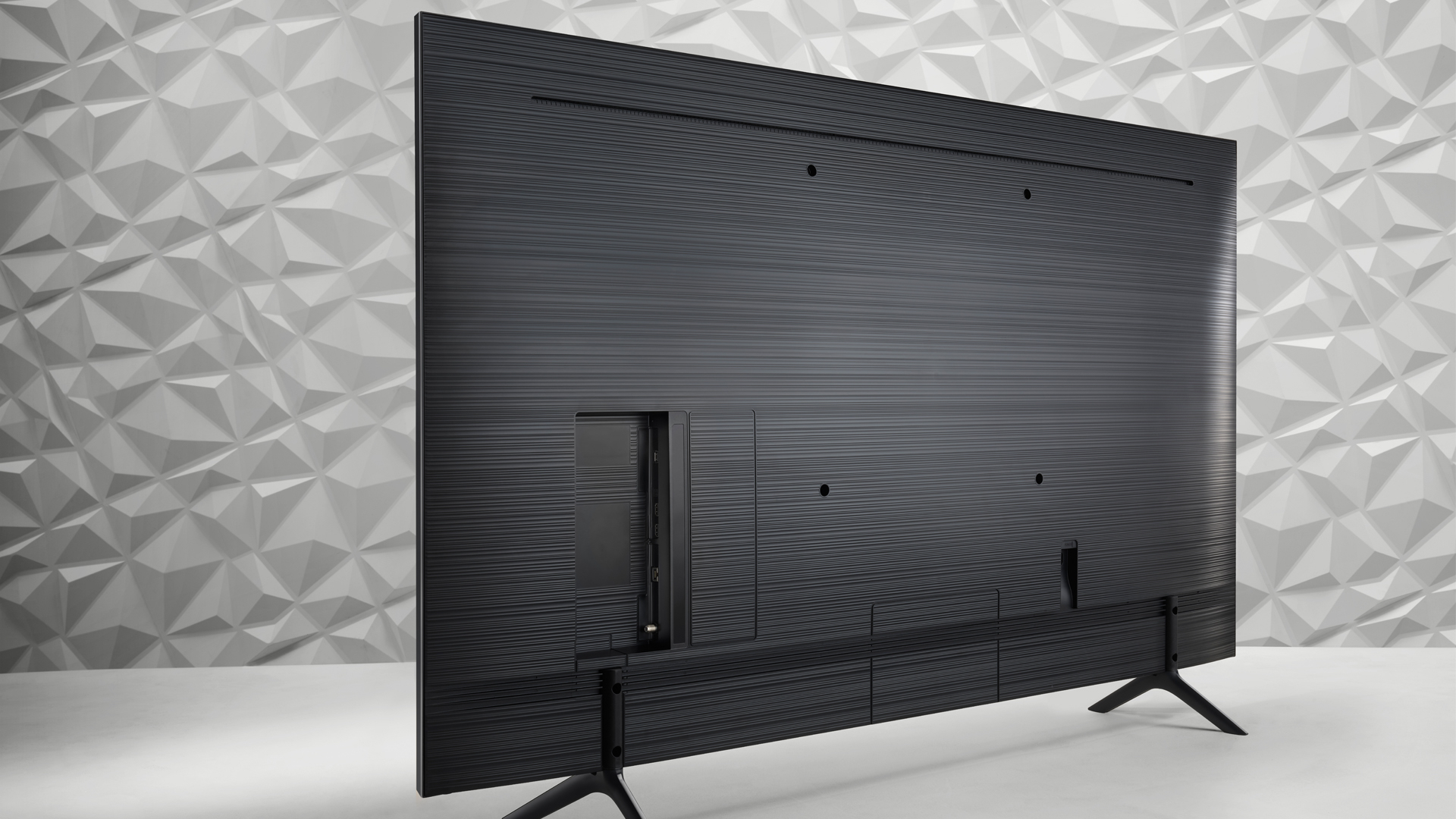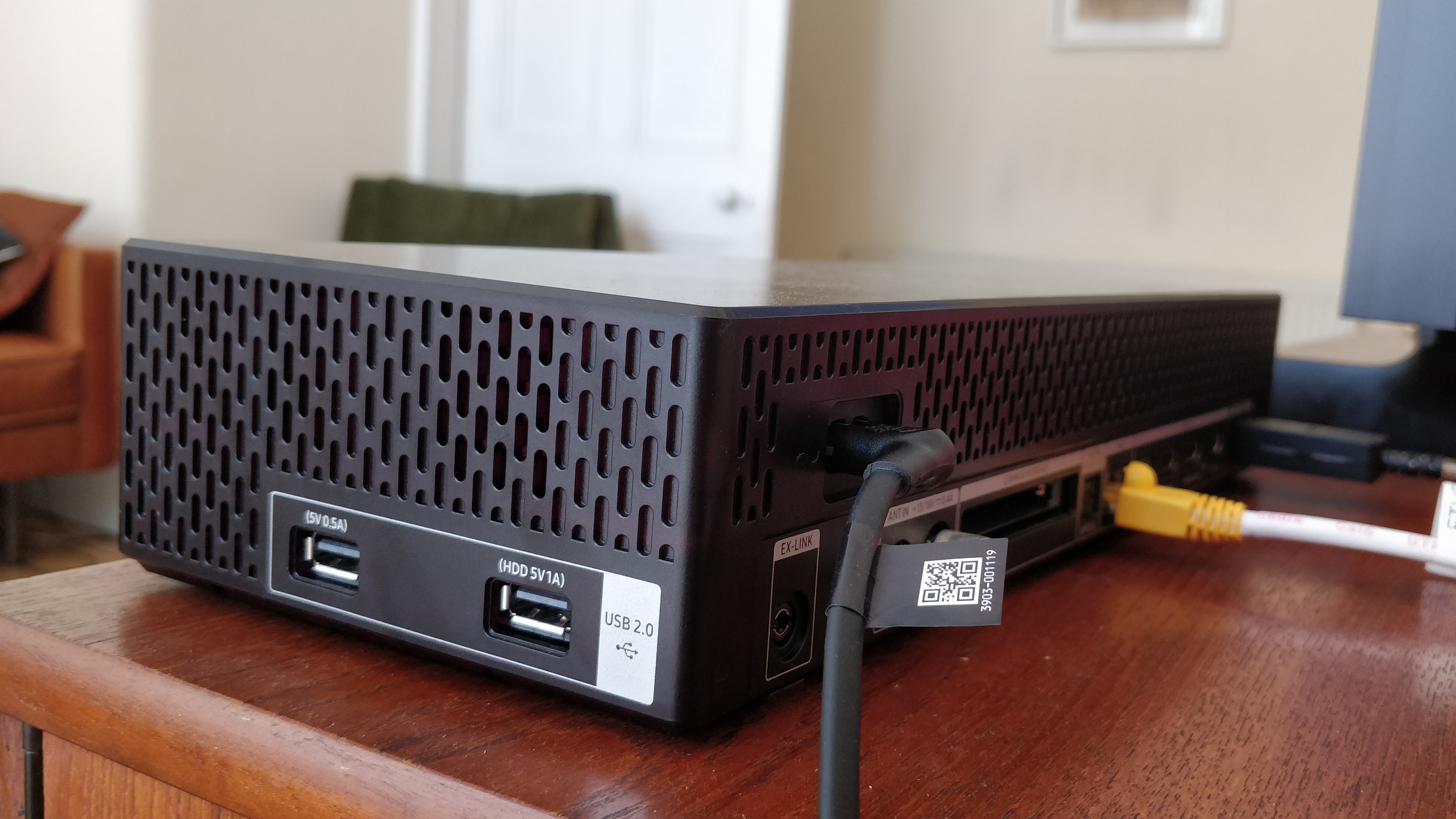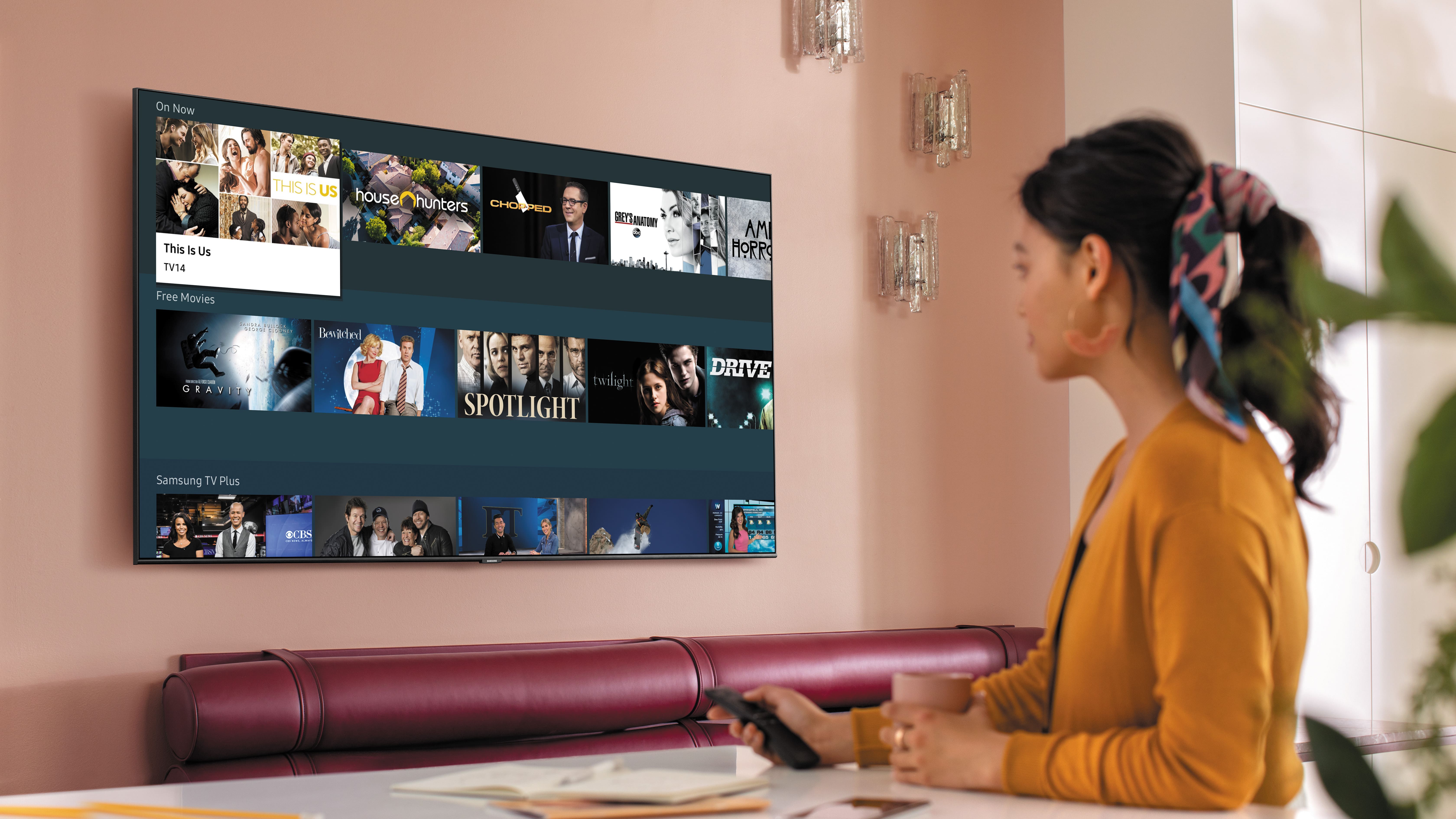If you’re after a new QLED TV in 2020, and don’t want to break the bank, you’re probably going to be choosing between Samsung’s Q60R and Q60T QLEDs.
Why’s that? It’s because the Q60 series continues to be the cheapest QLED TV Samsung puts out each year, with both the Q60R (from 2019) and Q60T (new for 2020) offering astonishing value for their affordable price points.
You won’t get all of the bells and whistles of some of the best Samsung TVs, and certainly nothing like 8K resolution – but you’re still getting a QLED (quantum dot) panel and a host of associated advantages, such as increased contrast and vivid color-filled display. The Q60T isn't quite a direct successor, though, given the Q60R has been replaced with the Q70T, and the Q60T acting as a new, lower-specified alternative with a cheaper processor.
The question remains, though: if you’re looking to buy a cheap QLED TV, should you opt for last year’s Q60R or its new Q60T sibling? Here’s everything you need to know to make your decision.
Samsung Q60R vs Q60T: price and sizes
On matters of price, things aren’t exactly clear cut – and we’ll tell you why.
The Q60R, as a slightly older TV, is generally cheaper than the newer Q60T. The Q60R starts at just $529 / £499 for its smallest 43-inch size, making it a great bargain for an entry-level QLED. The Q60T is retailing at $799 / £799 for a 43-inch model, though, meaning you’re paying almost twice as much for a 2020 upgrade.
At larger sizes, though, that price disparity disappears. In the US, the 65-inch model for both sets retails at $949, while the 75-inch for both retails at $1,499. In the UK, the 75-inch models retail for £1,299 and £1,799 respectively, meaning there is still a saving for the Q60R – but it’s clear that US shoppers don’t have much incentive not to get the Q60T if they’re going bigger than a 43-inch size. (Keep in mind that the Q60T is only going to get cheaper a few months down the line too.)
It’s harder to find the Q60R in the UK these days, too, with Currys and John Lewis only stocking the smallest 43-inch model. Argos, however, still stocks its larger sizes for the time being.
The two sets only slightly vary in the sizes offered. The Q60R comes in 43-inch, 49-inch, 55-inch, 65-inch, 75-inch, and 82-inch models – while the Q60T replaces the 49-inch with a 50-inch, adds a 58-inch for good measure, and goes up to a massive 85-inch size. There’s not much variation, but the latter is definitely a good shout if you’re after a 58-inch size rather than the 55-inch or 65-inch standards.
Samsung Q60R vs Q60T: design and specs

You won’t find much difference on the outside, either. Both the Q60R and Q60T sport a relatively uncontroversial design, with insertable twin feet, a thin bezel, plastic casing with a matte black finish, and a smattering of ports at the rear.
The Q60T has an advantage in supporting HDMI 2.1, too, though the refresh rate is capped at 60Hz, meaning you can’t make use of 4K/120Hz video passthrough (say, from next-gen consoles like the PS5 and Xbox Series X). You will, however, get eARC (enhanced audio return channel), the latest standard for high-quality audio funnelled from the TV to a soundbar.
There’s a difference in processor, too, to contend with. The Q60R uses the Quantum Processor 4K found in most new Samsung TVs, and which is also found in the new-for-2020 Q80T QLED. The Q60T successor, though, makes do with a Quantum Processor Lite, which certainly sounds like a step down in the picture processing department. We’ll get to investigate this in more detail in our Q60T review, but for now know that the newer set might not automatically mean a better picture.
The Q60R and Q60T share the same Tizen smart TV platform, with the 2020 iteration only really varying in slightly more compact tiles in the home menu (meaning you can fit more apps on the screen at once). Both sets work with Alexa and Google Assistant, with Samsung’s in-house Bixby assistant included as well.
Both sets are edge-lit, too, meaning you won’t get the same dazzling brightness and consistent lighting of full-array QLEDs – so if you can afford the Q80T, definitely give it a look.
Samsung Q60T / Q65T variations

One important point for those inclined to the newer Q60T model: there’s also a Q65T iteration, which is essentially the same television but with Samsung’s OneConnect box (an external cabling box that outsources HDMI ports and the like from the television casing).
It’s a great, and tidy cabling solution, and one that isn’t as widespread in the 2020 range as we might have expected. The Q90T has similar Q95T iteration, and in both cases you’re seeing a small uptick in price to account for the additional hardware, though don’t be tricked into thinking anything else has changed.
Samsung Q60R vs Q60T: conclusion

It’s a tight race at the moment, and we’ll be able to give a more definitive answer when our Q60T QLED review goes live in the coming weeks.
For now, though, US buyers will see little-to-no price disparity between models, meaning the question really comes down to some minor features and differences, such as the inclusion of eARC in the Q60T (great for audiophiles), and the higher-end processor in the Q60R (a better bet, perhaps, for cinephiles).
Keep in mind that the maximum 60Hz refresh rate applies to all sizes of the Q60T, meaning that HDMI 2.1 port won’t make much difference when it comes to next-gen gaming, either. Both the Q60R and Q60T, though, should still offer good value for money, even if neither of them can compete with other, better, more expensive QLED TVs.
- Check out the best Samsung TVs

No comments